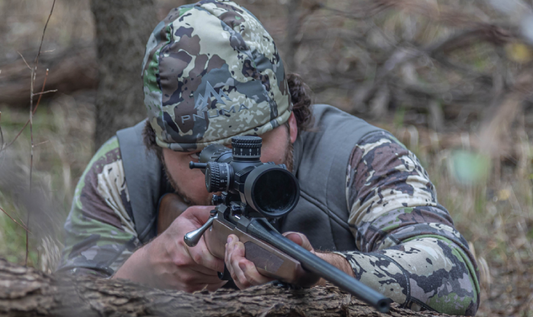
Can Any Scope Fit on Any Rifle? What You Need t...
Nope. Not even close. If you've ever tried slapping a random scope onto your rifle and hoped for the best,...

Which Is Better: 12x50 or 10x42 Binoculars?
Shopping for binoculars and stumbling over all those numbers? You're not alone. Getting the right pair of binoculars is key...

How to Clean Your Riflescope the Right Way
Your riflescope is tough. It can handle recoil, rain, and the occasional bump against a tree branch. But you know...

Rifle Scope Durability: How Tough Is the Sightm...
If you’ve spent any time in the comment sections of our social media, you’ve probably seen the usual skeptics. “Sightmark...

How to Mount a Rifle Scope: Step-by-Step Guide ...
Have you ever tried to mount a rifle scope only to find your shots landing nowhere near where you intended?...

How Many Yards Is a Red Dot Good For? Practical...
Ever wonder just how far your red dot sight can take you? You're not alone! A lot of shooters ask...

Red Dots, Night Vision, and Optics Innovation
Exciting news for firearms enthusiasts, hunters, and anyone curious about cutting-edge optics! The About Mansfield podcast, hosted by Steve Cosio, is...

What is an FFP Riflescope?
Imagine standing at the counter of your local outdoor store, trying to pick the perfect optic for your rifle. The...


